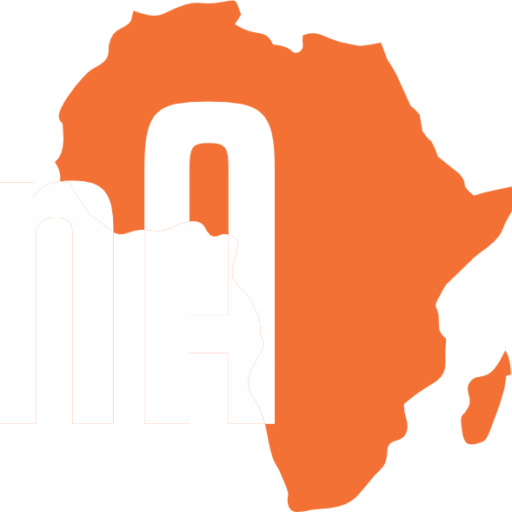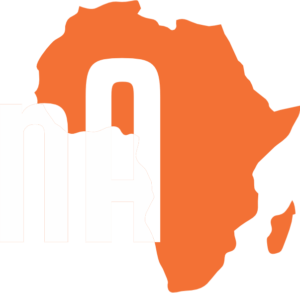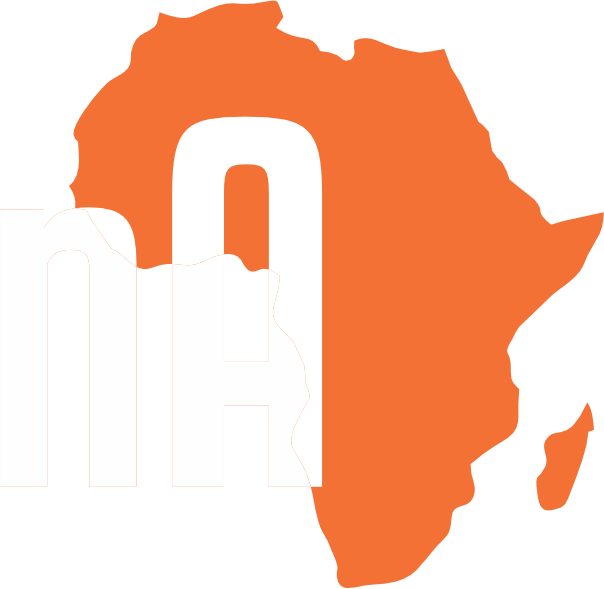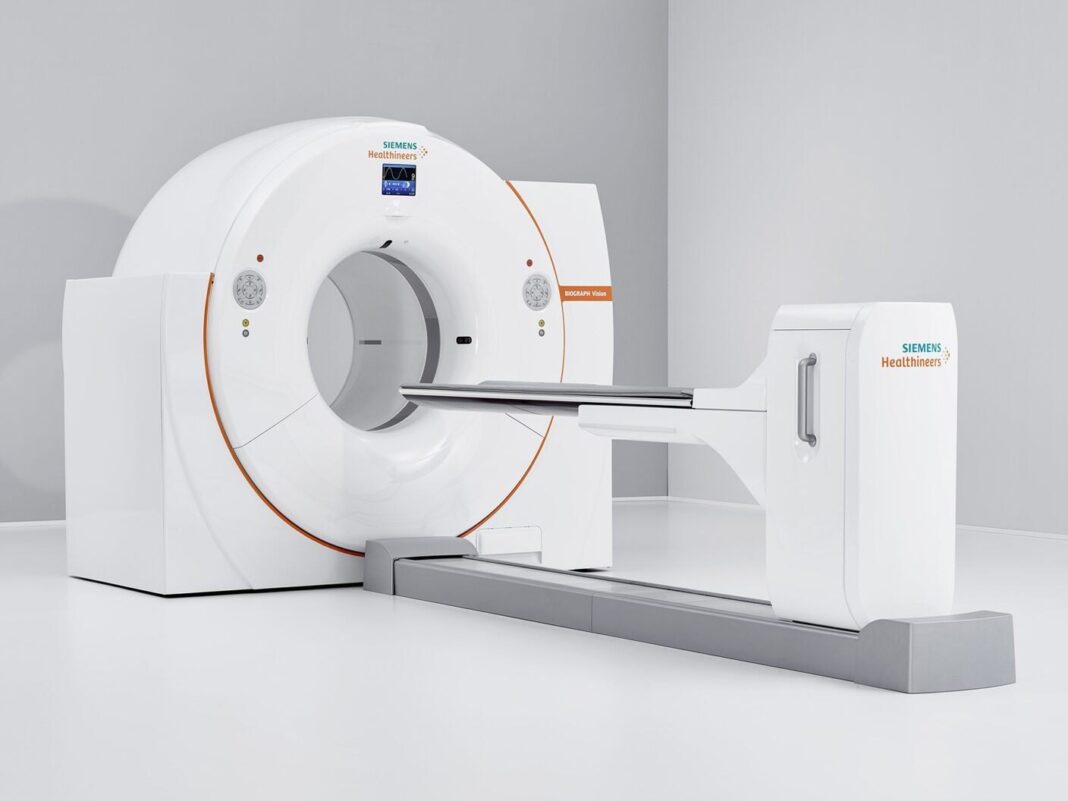South Africa’s delegation to the International Atomic Energy Agency (IAEA) Ministerial Conference on Nuclear Science and Technology Applications, led by Deputy Minister for Electricity and Energy Samantha Graham-Maré, is highlighting the nation’s pivotal role in advancing nuclear medicine through its participation in the IAEA’s Rays of Hope: Cancer Care for All initiative.
Central to this effort is the world-class Nuclear Medicine Research Infrastructure (NuMeRI) facility at Steve Biko Academic Hospital in Pretoria, led by renowned nuclear medicine expert Professor Mike Sathekge. NuMeRI serves as one of three Rays of Hope Anchor Centres in Africa, alongside facilities in Morocco and Algeria.
Rays of Hope: Tackling Cancer in Africa
Launched in 2022, the IAEA’s Rays of Hope initiative responds to the global disparity in access to radiotherapy, particularly in Africa, where only 30% of countries have functional radiotherapy services. Cancer remains one of the leading causes of death globally, with over 7 million cancer-related deaths recorded in low- and middle-income countries in 2022 alone.
South Africa’s cancer burden underscores the importance of this initiative. With a cancer-related mortality rate of 110.7 per 100,000 people in 2020, the country ranks 79th worldwide. Expanding access to cutting-edge nuclear medicine, like PET-CT scanning technology available at NuMeRI, offers a lifeline for improving diagnostic accuracy and treatment outcomes.
Driving Innovation in Nuclear Medicine
PET-CT scanners are at the forefront of cancer diagnostics, offering unparalleled sensitivity and specificity in evaluating cancers. South Africa currently operates 35 PET-CT scanners—24 in the private sector and 11 in the public sector—though access remains limited in underserved areas.
Research by Life Healthcare and the South African Society of Nuclear Medicine highlights significant gaps in the integration of PET-CT scans into standard cancer care in South Africa. Despite their proven ability to improve outcomes for diseases like breast cancer, barriers such as inconsistent funding and inadequate referral pathways hinder widespread adoption.
Deputy Minister Graham-Maré, herself a two-time breast cancer survivor, emphasized the urgency of addressing these challenges. Speaking at the conference, she stated:
“I survived breast cancer twice, and I understand the limitations of under-resourced healthcare systems. We must ensure South Africa becomes a leader in nuclear medicine, reducing cancer mortality rates at home and across the continent. Strong public-private partnerships and expanded production of medical radio-isotopes are key to making advanced diagnostics like PET-CT scans accessible and affordable.”
Public-Private Partnerships Driving Progress
South Africa’s Nuclear Energy Corporation (Necsa), through its subsidiary NTP Radioisotopes, recently signed a memorandum of understanding with a leading private entity to expand radioisotope production. This collaboration aligns with the Rays of Hope objectives, ensuring sustainable supply chains for nuclear medicine while driving job creation.
Prof. Mike Sathekge highlighted the role of theranostics—using medical radio-isotopes for both diagnosis and treatment—in advancing personalized cancer care. He stated:
“The Steve Biko-NuMeRI Anchor Center is poised to drive regional growth in theranostics, offering training, resources, and expanded access to life-saving technologies.”
Showcasing South Africa’s Nuclear Leadership
Beyond Rays of Hope, South Africa’s delegation showcased participation in other IAEA initiatives such as Atoms4Food, NUTEC Plastics (addressing plastic pollution), ZODIAC (combating zoonotic diseases), and Atoms4NetZero (promoting clean energy solutions).
At the “South Africa’s Nuclear Leadership: Paving the Way for Continental Cooperation” event hosted by the South African Embassy in Vienna, the delegation reinforced its commitment to leveraging nuclear technology for public health, sustainable development, and environmental protection across Africa.
As the IAEA Ministerial Conference runs from November 26-28, South Africa’s leadership in nuclear medicine exemplifies how innovation, collaboration, and a commitment to equity can transform healthcare systems across the continent.
Stay connected to AfricaNuclear for updates on this critical event and South Africa’s contributions to nuclear science and technology.








